Interviewers/Authors: Reishin Fukuya, Chihiro Murakami
Ebisuya Rickshaw is a traditional Japanese rickshaw business that has been running since 1992. In the early days, Ebisuya Rickshaw used to operate only in Arashiyama, Kyoto but now they also operate in many tourist spots throughout Japan. More than 200 runners and staff members work on the front lines of tourist spots every day as local “tourism ambassadors.” The runners entertain guests with their light running and pleasant guiding. Also, they work to prevent crime as part of the “Kodomo 110-ban” child protection program. We interviewed Yuji Katsunishi, Yusuke Yoshida, and Daisuke Nakayama, who are working as runners in Arashiyama.



―What made you want to do this job?
Katsunishi: I’m from Minami-ku, Kyoto. I used to be unaware of the details of Kyoto, but I came to think that this was not a good situation for a local. Then I found out about this job and became interested in it. I also thought it would be interesting to talk to many guests every day. I’ve been working here for 20 years this year.
Yoshida: I’m from Ukyo-ku and was interested in a runner’s job. This is my 16th year working here.
Nakayama: I’ve been working here for 25 years. I’m from Shiga. I first found out about this job when I was sightseeing in Arashiyama. I thought it would be more fun to pull a rickshaw than to ride one.
―Please tell us about your daily work schedule.
Katsunishi, Yoshida, Nakayama: We have a meeting and clean up the Arashiyama area every morning at 9:00 a.m. Then, we go to our positions at around 9:30 a.m. and return to the meeting point at around 4:00 p.m. We run all day long because Ebisuya doesn’t have many runners. We usually guide about 20 people in a day.
―Is there anything you feel you are contributing to Ukyo-ku?
Katsunishi: We clean up litter around the Arashiyama area every morning. I think that it helps to keep this town clean.
Yoshida: We are introducing everyone to the fact that Arashiyama is a very attractive place.
Nakayama: More than 20 years ago, Arashiyama was filled with litter thrown away by tourists. We started to clean up the area where we run. Thanks to this, tourists gradually stopped throwing away their litter. I think that we were able to make a great contribution to improving the environment over a long time.

―How do you keep up with the latest information as a local “tourism ambassador”?
Katsunishi: Basically, I get new information and knowledge through conversations with our guests.
Yoshida: I get information from local news, TV, and posters in town.
Nakayama: I often get information from social media.
―How is your job worthwhile and what are the difficulties in your job?
Katsunishi: I feel it is worthwhile to talk to many guests every day. Each guest has their own style of conversation, so I enjoy this job very much and I never get bored of it. The difficult aspect is guiding foreign guests. But Ebisuya has some runners who can speak foreign languages.
Yoshida: Sometimes it is difficult to respond to foreign guests’ language problems. Also, it is hard to keep running for a long time. However, I’m very happy to hear many “Thank yous” from guests.
Nakayama: I feel fortunate to be able to work in Arashiyama, which is rich in nature. And I think that my perspective has changed in this environment. It is very worthwhile.
―Please tell us about some attractions in Ukyo-ku that are not yet well known.
Katsunishi: Actually, Mt. Arashiyama is not that well known. Since it’s possible to climb this mountain, I’d like visitors to go there. Also, I’d like them to see the view of the Togetsukyo Bridge from afar.
Yoshida: There are many old shopping streets in Ukyo-ku, so it’s interesting to walk around and get to know the real Japan.
Nakayama: Arashiyama was a place where the nobles of the Heian era (794-1185) used to visit in search of the extraordinary. Even today, many people visit here in search of that, and I think the greatest attraction of Arashiyama is the way it has remained unchanged for 1,200 years.

―Is there anything you’d like to suggest to Ukyo-ku?
Katsunishi: I’m concerned that the roads are not well paved. This is harmful to both runners and guests in our business, so I wish the roads were more neatly paved.
Yoshida: I’d like to see a train line running through the Umezu area.
Nakayama: I wish the roads could be better paved in the future [MO3] because otherwise it would make it difficult for tourists to go sightseeing and make it uncomfortable for guests riding rickshaws.
―Please give us a brief final comment.
Katsunishi: We have to make various efforts to preserve what is beautiful, so let’s all follow the rules and show good manners to keep making Arashiyama attractive. And now we are looking for new runners!
Yoshida: Yes, we are looking for new runners!
Nakayama: I like fishing, so please tell me about good fishing spots in Wakasa, Fukui and Takayama, Gifu!
Interviewer’s Comments
The runners and staff members working in Arashiyama, Kyoto are very kind and full of love for Arashiyama. In this interview, they told us not only about their jobs, but also about the history of Arashiyama, their thoughts on Ukyo-ku, and many other valuable things. I hope readers will ride with Ebisuya Rickshaw to feel the attractiveness of Arashiyama.
(Chiro Murakami)
![京都 春爛漫[4820]](http://ukyovoices.pya.jp/wordpress/wp-content/uploads/2023/01/6542e8aea0d7c4029269fb8d5f01f48b.jpg)
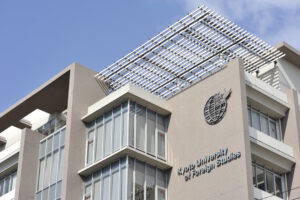

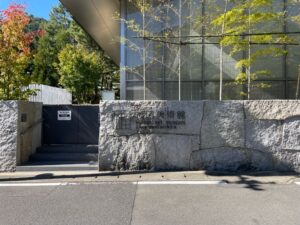
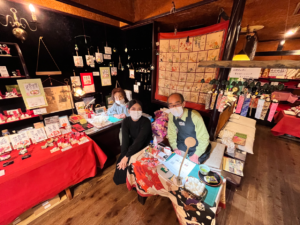
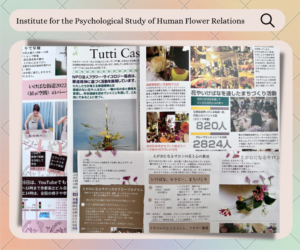
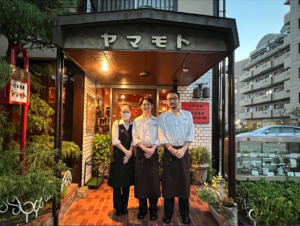
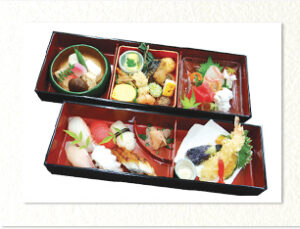
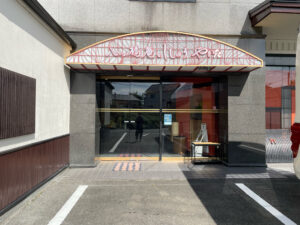
Comments